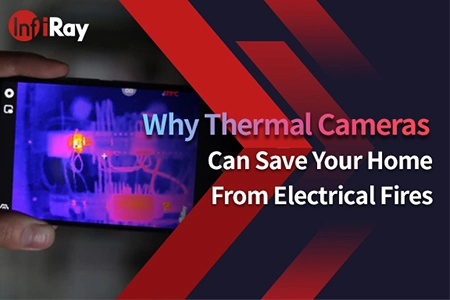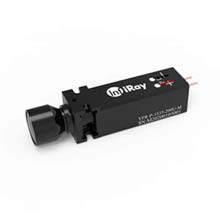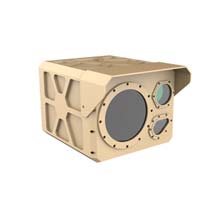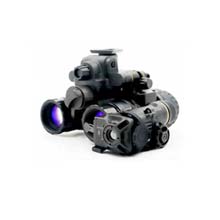Do Outdoor Thermal Cameras Work in the Rain?
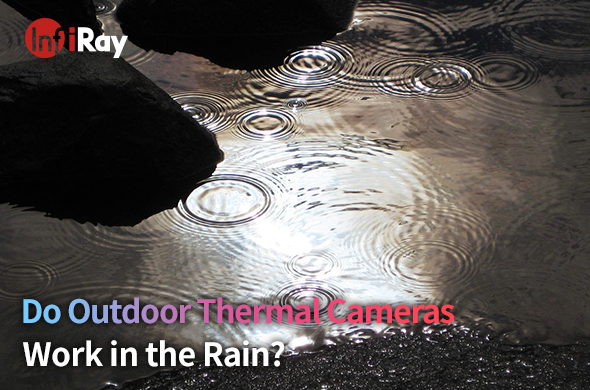
Outdoor thermal cameras have become indispensable across various industries, offering vital surveillance and monitoring capabilities. A common concern revolves around their efficacy in adverse weather conditions, specifically during rainfall. In this comprehensive guide, we delve into the nuances of these outdoor cameras, exploring their performance in wet weather and addressing the burning questions surrounding their functionality.
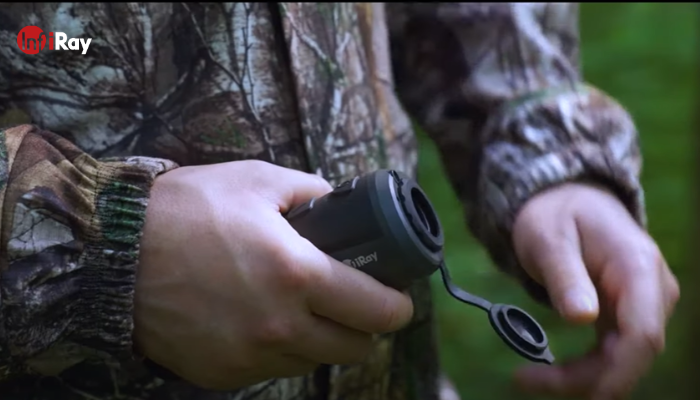
Understanding Outdoor Thermal Cameras
Thermal cameras employ cutting-edge technology to capture and interpret thermal radiation, making them invaluable tools in surveillance, security, and environmental monitoring. These devices consist of specialized lenses and sensors designed to detect heat signatures, offering a unique perspective beyond what the human eye can see.
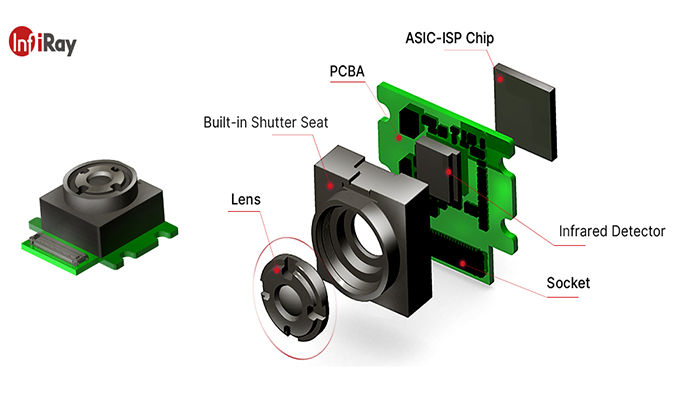
Factors Influencing Thermal Camera Performance in Rain
The effectiveness of outdoor thermal imagers in the rain is influenced by various factors. Precipitation, lens materials, and environmental conditions all play a pivotal role in determining how well these cameras function during wet weather.
How Outdoor Thermal Cameras Work in the Rain
Contrary to common apprehensions, outdoor thermal cameras showcase remarkable resilience when faced with rainy weather. The ingenious design of these cameras incorporates advanced features that enable them to function seamlessly even in wet conditions. Water-resistant coatings and durable materials play a pivotal role, ensuring that raindrops don't impede the cameras' thermal imaging capabilities. By employing specialized mechanisms, these cameras effectively navigate the challenges posed by rain, providing users with reliable and clear thermal imagery. Real-world examples underscore the practical application of these features, emphasizing that outdoor thermal imaging cameras not only endure but excel in capturing critical data, making them indispensable tools for surveillance and monitoring in diverse weather scenarios.
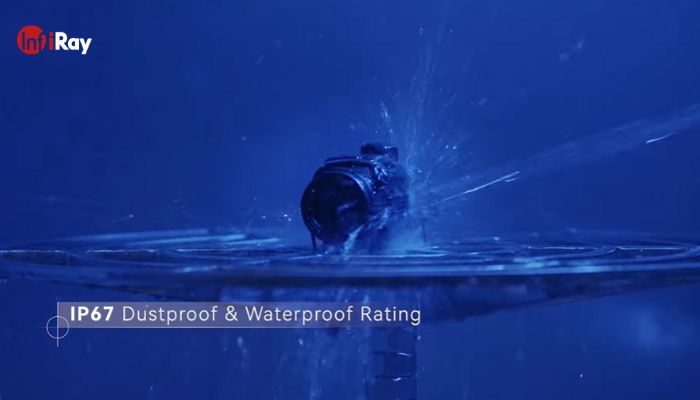
Best Practices for Using Outdoor Thermal Cameras in the Rain
To ensure effective functionality during rainy weather, adhere to specific best practices. Proper installation, correct positioning to minimize exposure to direct rainfall, and regular maintenance are crucial. Adjusting camera settings, such as sensitivity levels, enhances overall performance, contributing to consistently clear and accurate thermal imaging results.
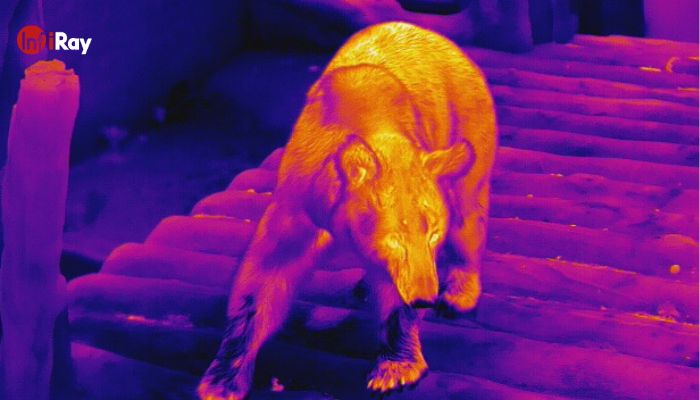
Comparisons with Other Weather Conditions:
Understanding how outdoor thermal cameras perform in diverse weather conditions is essential for users seeking versatile surveillance solutions. Despite the challenges posed by rain, quality cameras can withstand these conditions, maintaining consistent functionality. Comparisons with other weather scenarios provide insights into the cameras' adaptability, aiding informed deployment decisions.
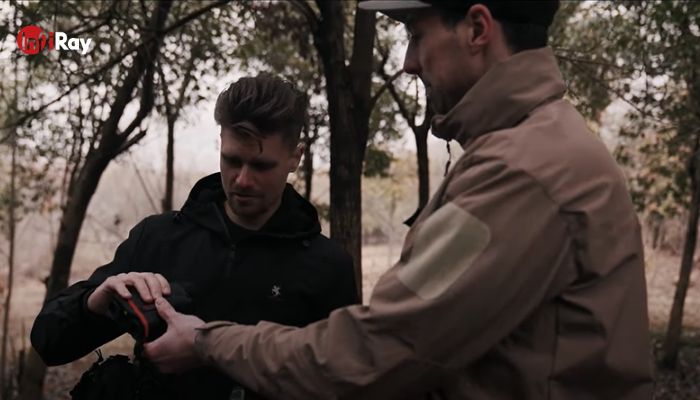
Outdoor Thermal Cameras in Rain: Robust Tools for Outdoor Activities
Robust outdoor thermal imaging cameras effectively operate in rainy conditions. By comprehending the technology, implementing best practices, and anticipating challenges, users optimize these devices across various weather scenarios. The choice of weather-resistant outdoor thermal imagers remains paramount for reliable performance.
Frequently Asked Questions:
1. Q: Can outdoor thermal cameras be damaged by rain?
A: While most outdoor thermal cameras are designed to resist rain, it's crucial to follow installation and maintenance guidelines to ensure optimal performance.
2. Q: What industries benefit the most from outdoor thermal cameras in the rain?
A: Surveillance, security, and environmental monitoring industries find outdoor thermal cameras invaluable, especially in challenging weather conditions.









